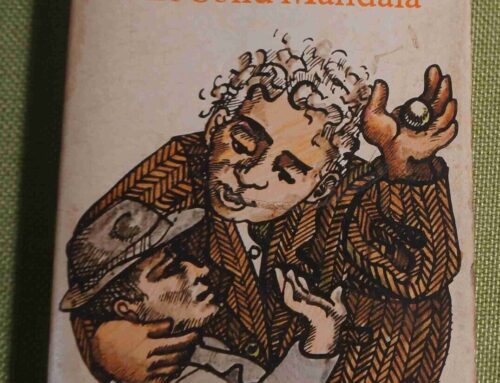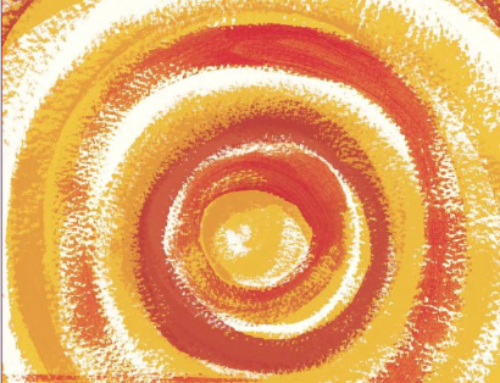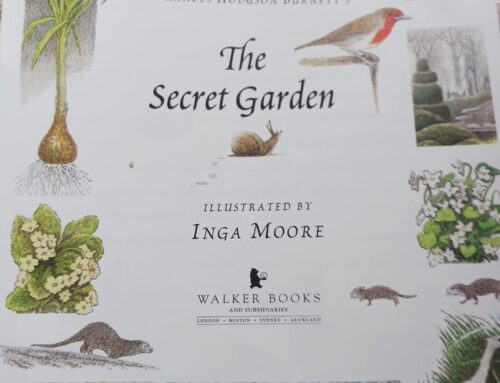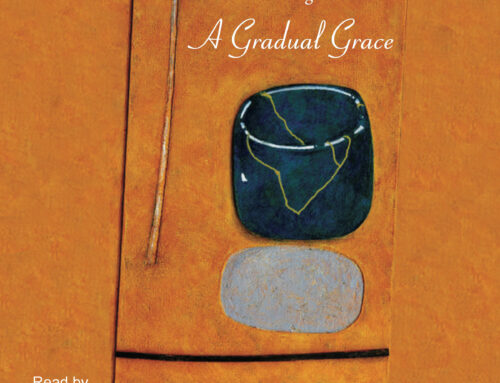Years ago I heard about this book, published in 2002: The Dig Tree: The Story of Burke and Wills, by Sarah Murgatroyd (Text). Twenty years later, I have at last read it and am in awe of the depth of research, the writing, the contribution it makes to our knowledge of 19th-century exploration of the centre of Australia. The story has all the more charisma for me because the author, Sarah Murgatroyd, had cancer while she was researching and writing it, and died just weeks after it was published. She was thirty-four.
There is a moving obituary published in the Sydney Morning Herald, in which her publisher, Michael Heyward of Text, speaks about her journey of research and writing and how in awe he was of her gift:
The chapters poured on to the page as though someone was dictating them to her. She discovered just what a beautiful writer she was: simple, clear and with the gift of bringing her readers into the circle of her story. She wrote about the desert as if its dust had always been in her eyes, even though she grew up on a pocket-sized farm in Sussex.
She had asked her publisher not to make her illness a commodity; she wanted the focus to be on the story. And so it deserves; Heyward speaks of it as ‘a miracle’. The reason I am putting this sad acknowledgement first is that I did not know of her illness and death until after I finished the book. If I had, it would have made my reading of it all the more poignant. And now I feel I must read it again.
The central metaphor of the story is the Dig Tree, ‘a magnificent coolibah tree … that had survived on the Cooper for nearly two centuries’. Here, the party of eight men led by Burke and his deputy, Wills, with their tired horses and camels, set up Depot Camp 65 on their hard-driven push to reach the north coast. The rest of the party had returned to Menindee on the Darling River to await reinforcements and supplies. This was, it seems, the turning point of the expedition. Burke was compelled to cross the continent and prove his honour by reaching the Gulf before any other man. His ambition and impulsive, undisciplined nature led his party into an impossible journey. His plan was to reach the Gulf and return in 90 days. He decided to take four men with him and leave the others to hold the camp till their return, or if they did not return in 90 days, to retreat to the Menindee depot. He took only enough food for three months, failing to account for delays or the fact that they would need extra food towards the end of the trek.
And so, the scenario was set for the unfolding tragedy. The day that Burke and his two surviving companions returned to the Dig Tree, 127 days after they had left, they found the rest of their party had gone a few hours before, leaving the word DIG engraved on the tree. Trapped, 600 kilometres from the base camp at Menindee, the three men set off to reach help.
This is such a complex story, I cannot summarise it here. I invite you to read the book yourselves. The aftermath of their wanderings, the generosity of the Aboriginal people who tried to help them, the machinations of the Victorian Exploration Committee who had mounted and funded the exhibition, make a tortured tale. Mismanagement, ineptitude, excess of bravery, endurance, bad luck, mistiming, and more, all make up a Shakespearean tragedy, told in loving detail by a woman who spent three years immersing herself in the details of the story, retracing their footsteps, being winched out of creeks when she was bogged… her journey in itself would make a wonderful story if she were alive to tell it. I am in awe of her achievement.




